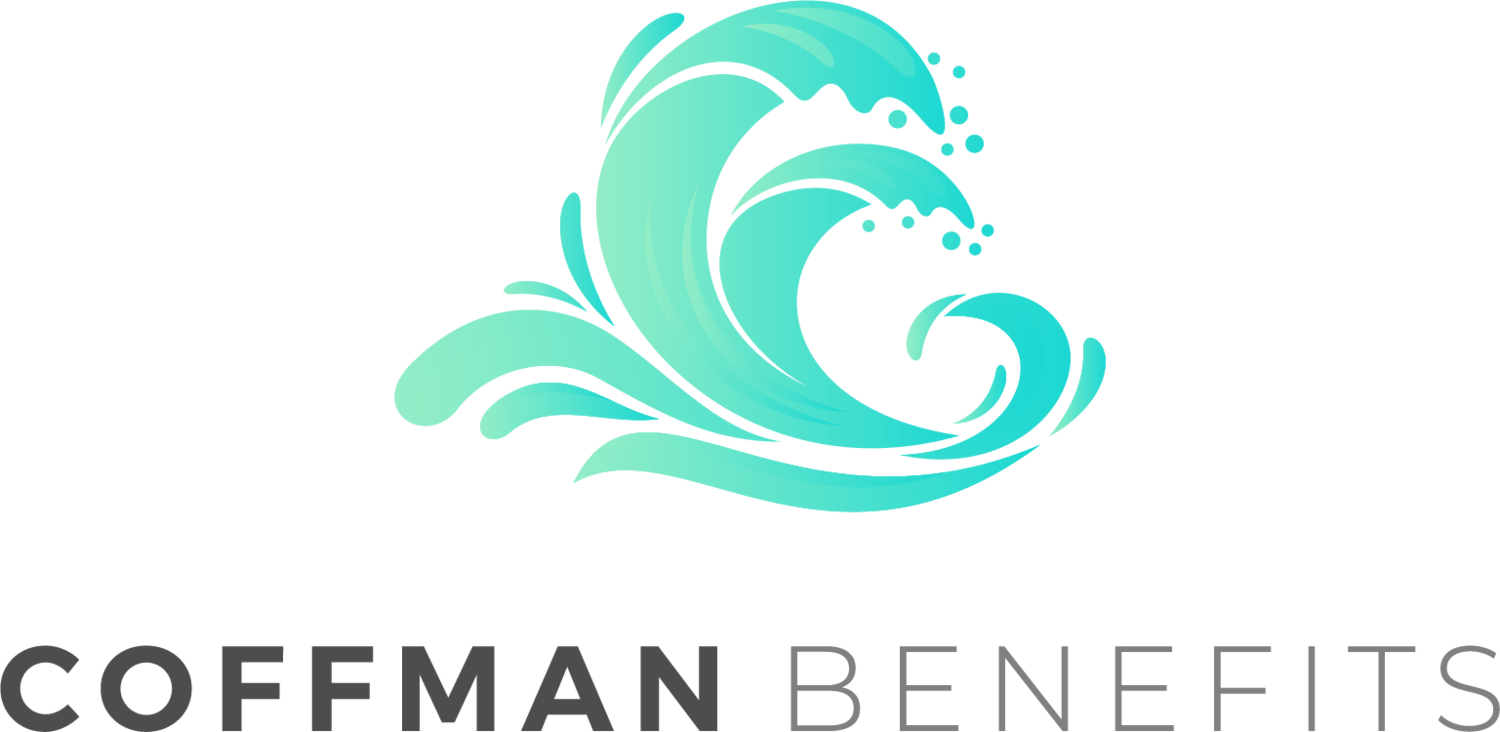On July 24, 2020, President Donald Trump signed four executive orders to lower the cost of prescription drugs, including insulin and epinephrine.
Reducing drug prices has been a long-standing campaign promise of the administration. The executive orders focus on insulin prices, drug importation, drug rebates and international pricing. Here’s an overview of the four orders:
1. The first order, Executive Order on Access to Affordable Life-saving Medications, directs federally qualified health centers (FQHCs) to pass along discounts on insulin and epinephrine received from drug companies to certain low-income Americans.
2. The second order, Executive Order on Increasing Drug Importation to Lower Prices for American Patients, allows for individual state plans for the importation of certain drugs, authorizes the re-importation of insulin products made in the United States and initiates widespread use of personal importation waivers at authorized pharmacies throughout the United States. The administration has been working with Florida on a method to enable the importation of cheaper Canadian drugs, and may be using Florida as a model for other interested states.
3. The third order, Executive Order on Lowering Prices for Patients by Eliminating Kickbacks to Middlemen, prohibits secret deals between drug manufacturers and pharmacy benefit managers, ensuring patients directly benefit from available discounts at the pharmacy counter.
4. The fourth and final order ensures that the United States will pay the lowest price available in economically comparable countries for all Medicare Part B drugs. This order does not become effective until Aug. 24, pending industry negotiations. The United States often pays 80% more for these drugs than other developed countries. Trump wants input from the pharmaceutical industry on how to reduce that pricing.
What’s Next?
The pharmaceutical industry quickly condemned the orders and will have an opportunity to respond directly to the president. On Tuesday, July 28, a group of industry executives will visit the White House to discuss proposal alternatives to reduce costs—and specifically, international pricing in the fourth executive order.

